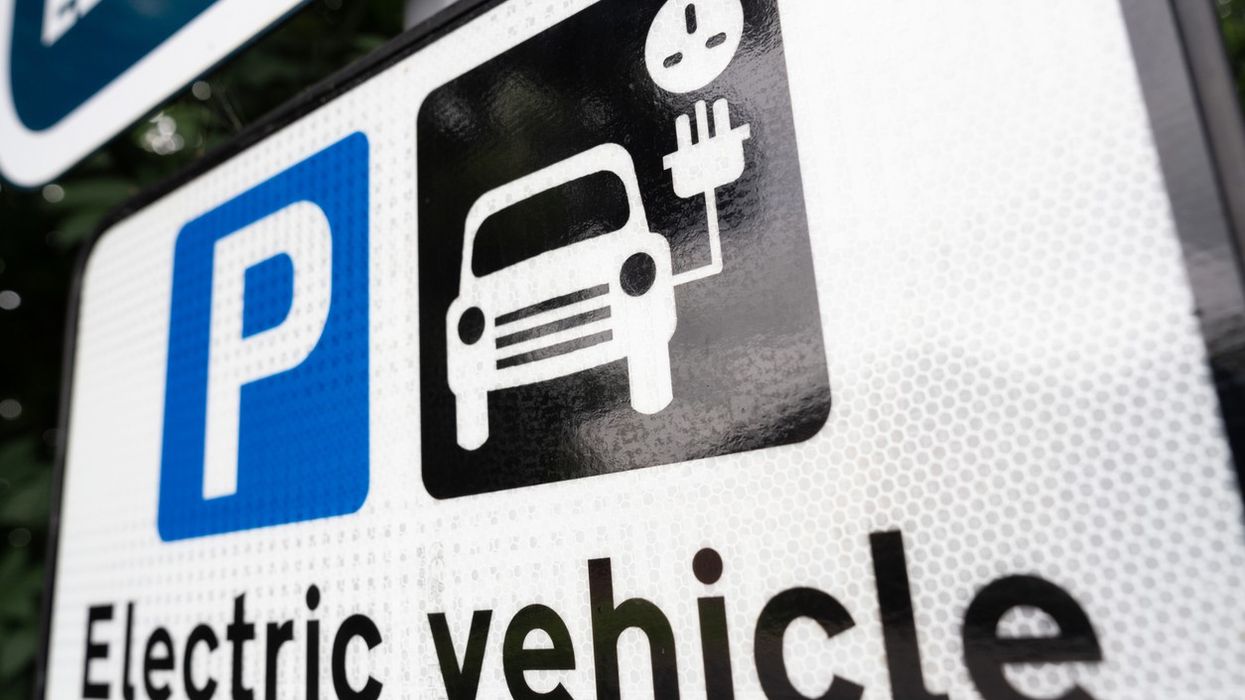Key points
- Around 120,000 Citroën and DS3 drivers in the UK affected by stop-drive recall.
- Faulty Takata airbags linked to fatal crash in France.
- Stellantis urges owners not to use affected vehicles until repairs are made.
- Long wait times expected for repairs, with some appointments pushed to 2026.
Thousands told to stop driving Citroën cars over airbag danger
Approximately 120,000 motorists in the UK have been advised to stop driving their vehicles due to a potentially deadly fault with airbags installed in Citroën C3 and DS3 models. The warning was issued by Stellantis, the car manufacturer behind the Citroën brand, following a fatal incident in France linked to the defective airbags.
The affected vehicles include Citroën C3 and DS3 models built between 2009 and 2016, and a small number of DS3s manufactured between 2016 and 2019, according to the BBC. The instruction, known as a ‘stop-drive’ recall, urges owners not to use their cars at all until repairs have been carried out.
Deadly incident prompts action
The recall was prompted by the death of a 37-year-old woman in Reims, northern France, last month. She was killed in a minor accident involving a Citroën C3 when metal fragments from a faulty airbag struck her inside the vehicle. The airbag involved was produced by Takata, a Japanese supplier whose defective airbags have been linked to multiple deaths and injuries worldwide.
Takata airbags were found to use chemicals that degrade over time, particularly in warm and humid climates. This instability can lead to excessive force during deployment, causing the metal casing to rupture and eject shrapnel into the cabin. The scandal first emerged in 2013, leading to one of the largest recalls in automotive history. Takata filed for bankruptcy in 2017.
Repairs delayed, no compensation offered
Car owners affected by the recall now face extended delays in securing repairs. One driver reported being unable to book a repair appointment before January 2026. Stellantis acknowledged the situation, stating:
“It is inevitable, with such a large number of vehicles affected, that customers will be inconvenienced in the short term.”
Despite the disruption, Stellantis confirmed it would not offer compensation but has “mobilised the whole company” to source the replacement airbags. The company said it was giving priority to customers with urgent needs and exploring options for repairs at alternative locations, including at-home servicing.
Safety concerns for vehicle transport
Owners of the affected Citroën models are also left uncertain about how to transport their vehicles to repair centres, given the advice not to drive them. Industry experts recommend checking with insurers before considering any movement of the vehicle.
Stellantis is reportedly investigating alternatives to its standard Citroën network for repair work to increase repair capacity. The company said it was aiming to maximise the number of vehicles fixed each day.
Government response and ongoing risk
The UK’s Driver and Vehicle Standards Agency (DVSA) is supporting the recall and working with Stellantis to raise awareness of the issue. However, at present, there are no plans for a broader recall of all vehicles fitted with Takata airbags.
Stop-drive notices are rare and generally reserved for high-risk safety issues. The latest development underscores the lingering danger posed by Takata airbags, even years after the company ceased operations. Owners of Citroën C3 and DS3 vehicles are advised to visit the Citroën UK website or contact the company directly for more information on how to proceed with repairs.
The recall highlights the importance of timely vehicle maintenance and the ongoing implications of historic automotive safety failures.













